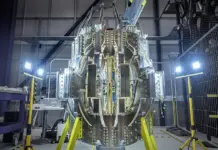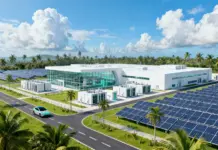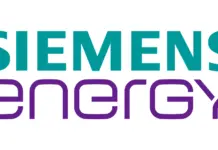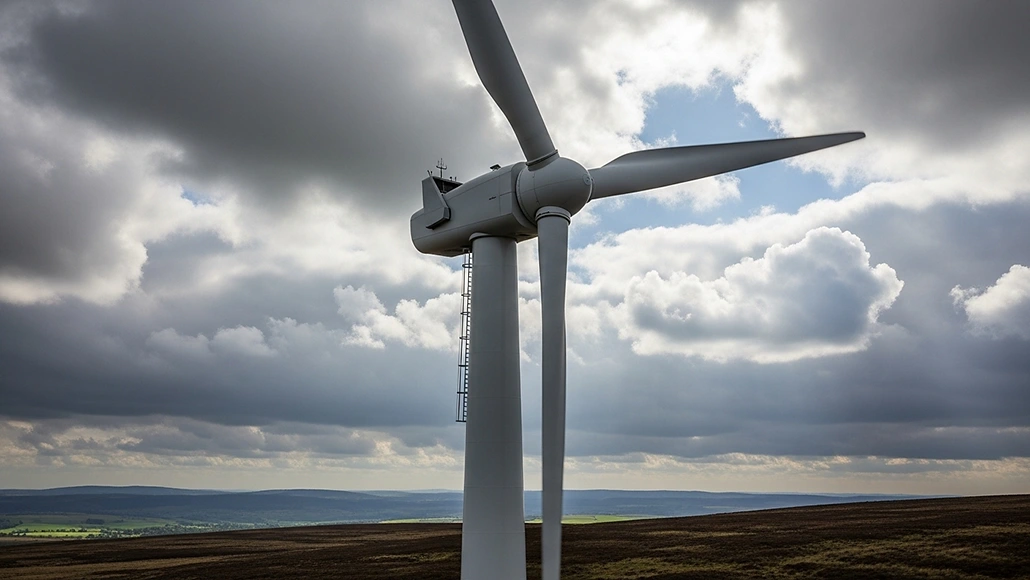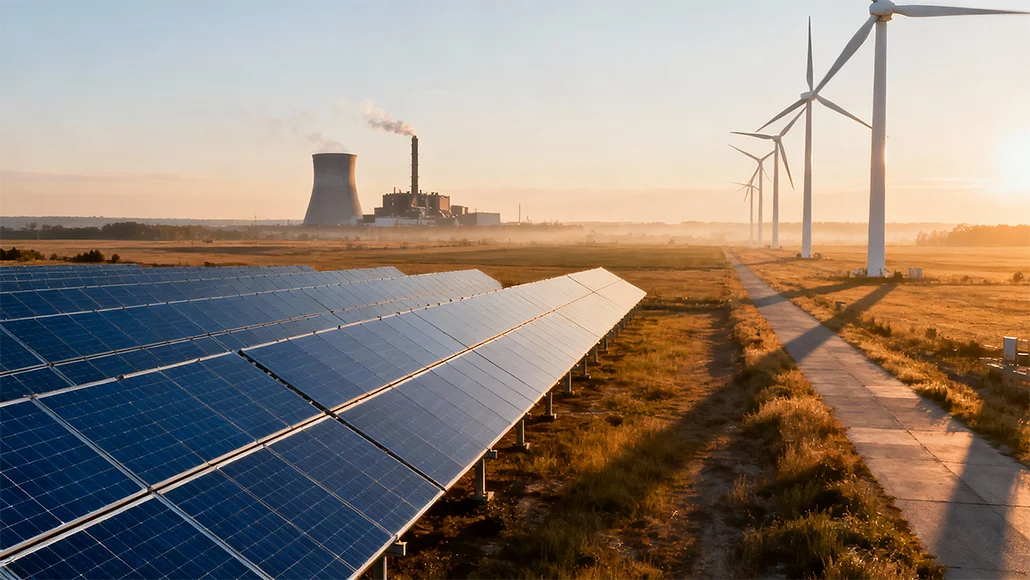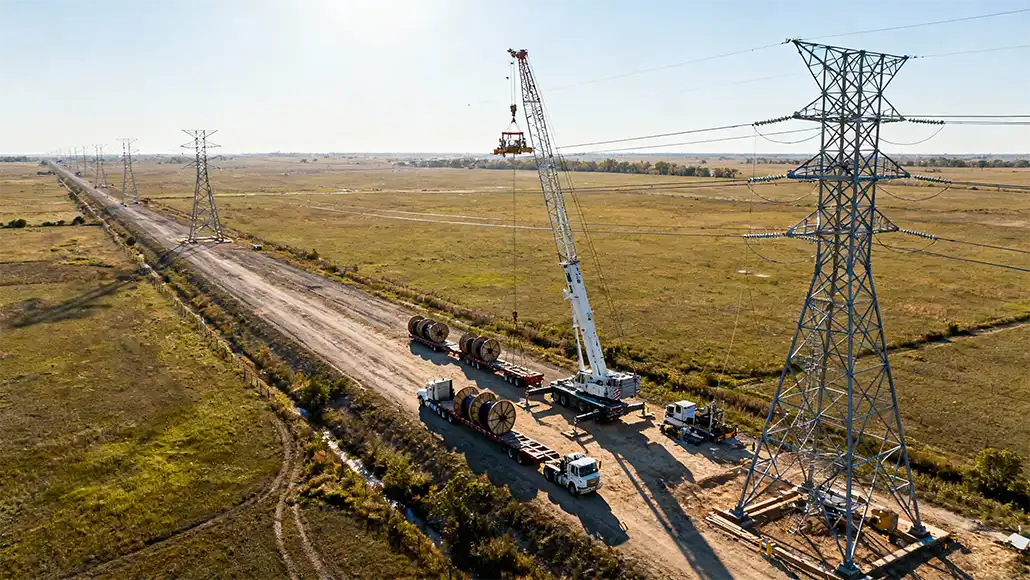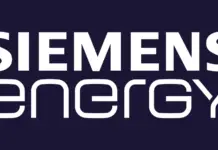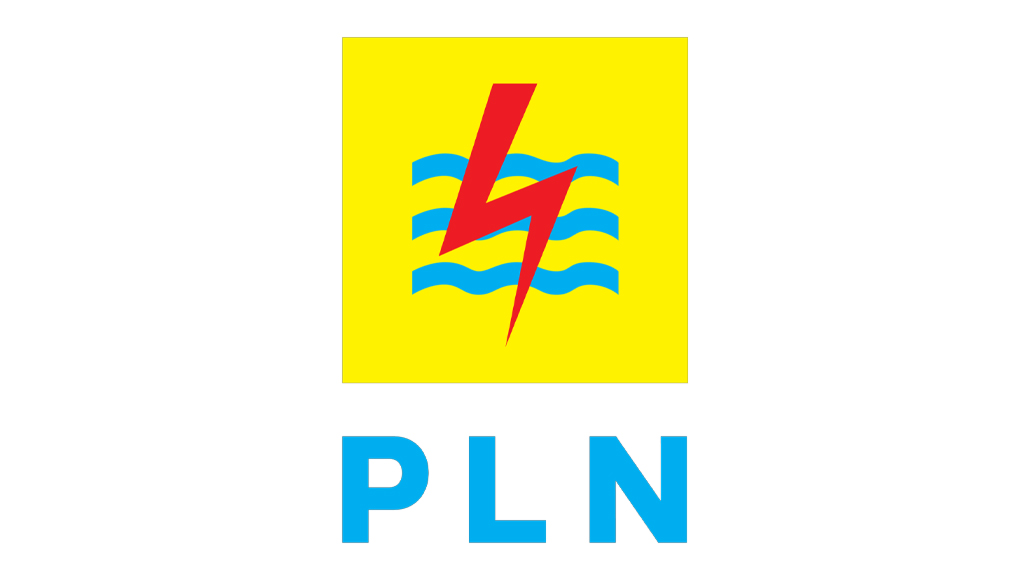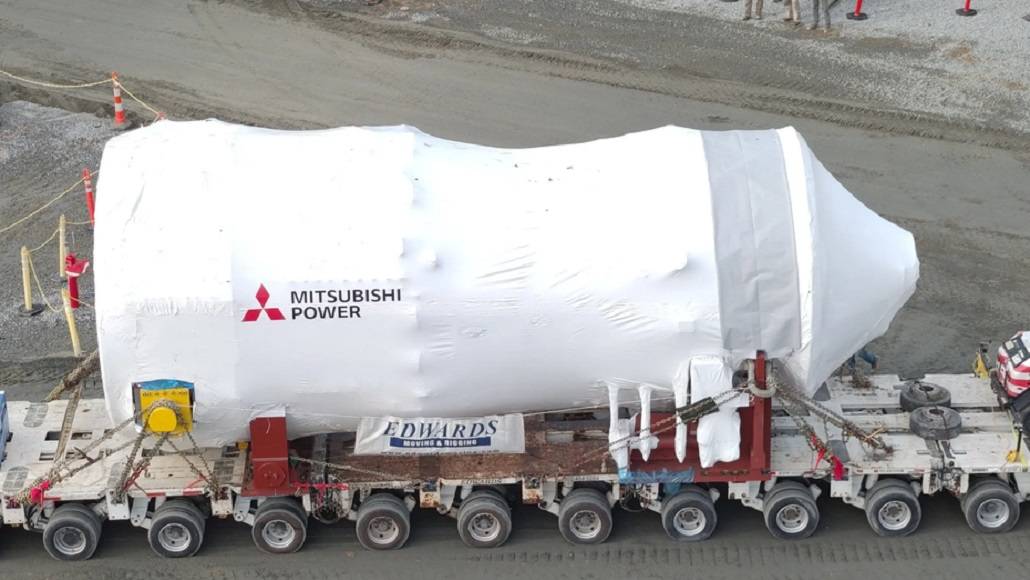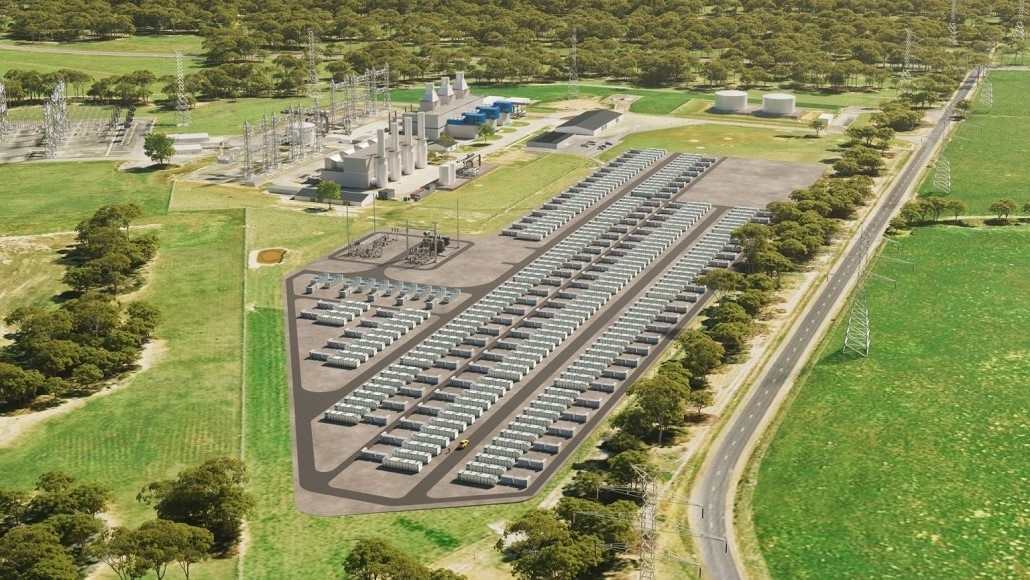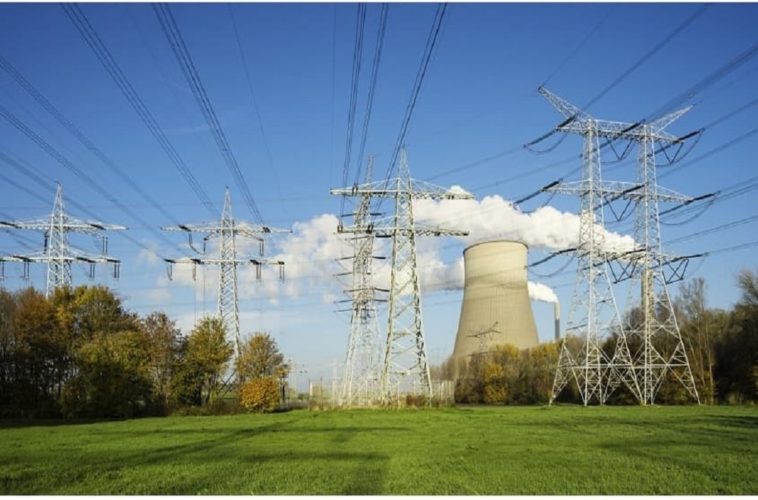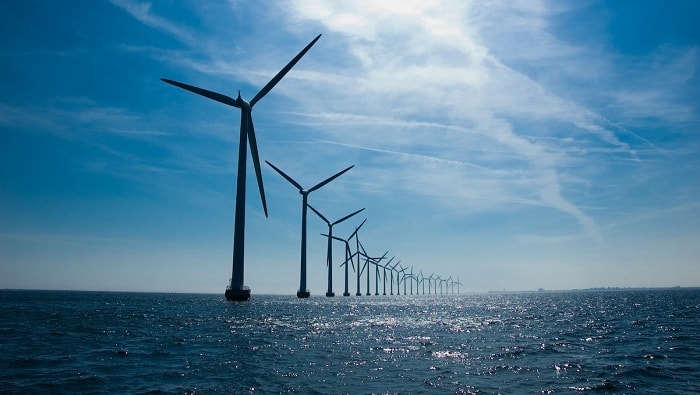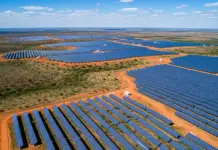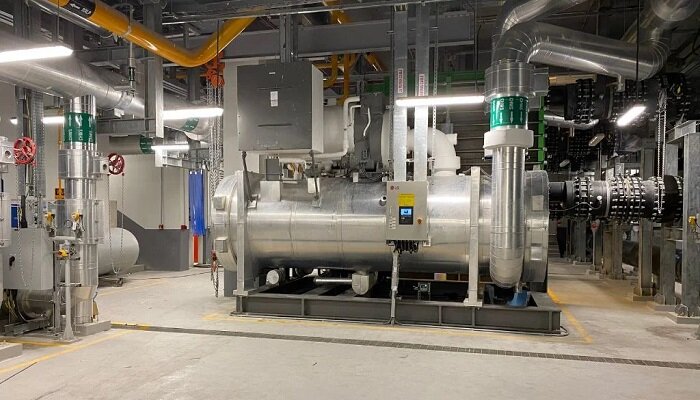Industrial heat pumps—those above 200 kWth—are crucial to the energy shift. Heat pumps employ electricity instead of coal or gas. They might be powered by renewable energy. Tech-savvy heat pumps are also efficient. Industrial heat pumps are three to five times more efficient at low and medium temperatures than typical boilers, reducing energy usage, cost, and emissions. Although not new, its technical advantage is becoming more widely acknowledged. Recent trends, such as the push for heat decarbonization and electrification, economic reasons, and government regulation and incentives, are predicted to drive industrial heat pump sales to above 15% each year until 2030.
Current and future market dynamics
To reach decarbonization objectives, industry must reduce heating fuel usage and emissions. Industrial heating accounts for more than 20% of worldwide CO2 emissions since the industrial sector emits one-third of global CO2 and uses two-thirds for heating. More than 85 percent of industrial process heating energy comes from natural gas, coal, and oil boilers, compared to 10 percent from biomass.
Heat pumps provide barely 5% of worldwide industrial heat, despite their economic benefits and capacity to reduce emissions. They have considerable industrial potential. Industrial heat pumps effectively heat buildings and industrial operations using electricity and low-temperature heat from saltwater, sewage water, and surplus heat. They provide three to five times more heat per unit of power than ordinary heaters. Industrial heat pumps may operate at greater temperatures (up to 200ºC) and with capacity exceeding ten thermal megawatts (MWth), almost 1,000 times the size of domestic heat pumps (assuming a ten-kWth average). Heat pumps are cheaper than conventional heating, especially in areas with high or fluctuating gas costs, due to their efficiency.
Industrial heat pumps have several uses as the globe decarbonizer. Heat pumps are ideal for energy-intensive sectors including food and beverage, pulp and paper, and chemicals. Heat pumps might reduce energy-related emissions in these businesses, which account for 15% of worldwide industrial CO2 emissions (McKinsey research).
Heat pumps will increasingly be used in district heating and industrial operations by 2030.
This expansion will be driven by large investments. The Global Energy Perspective 2023’s Current Trajectory scenario predicts $12 billion in industrial heat pump investments by 2030, a fourfold increase from 2023 and a 15% annual growth. This may reach $21 billion in an Achieved Commitments scenario.6 Germany, France, the Nordics, Poland, and the UK will lead district heating and industrial heat pump deployment.
These investments favor larger installations. Today, most industrial heat pump installations are for smaller and medium-size applications (up to five MWth) at temperatures from 80°C to 100°C since lower-temperature applications are more profitable. However, large-scale industrial heat pumps (above five MWth) with temperatures over 100°C are projected to grow in importance. District heating is estimated to account for over a third of industrial heat pump sales in 2030.
Five heat pump ecosystem considerations
Industrial heat pumps will boom. Food and beverages, pulp and paper, and district heating are projected to employ industrial heat pumps more since they can decarbonize processes. Industrial companies and district heating networks are investing heavily to lower their carbon footprint as they decarbonize and cut their fossil fuel use. Industrial heat pump OEMs and end users must communicate as heat pumps become more widespread.
Below are five under-discussed topics that will become important as industrial heat pump technology matures.
1. No industrial or district heating solution is universal.
No one solution suits all industrial and district heating applications. variable applications have variable temperature, capacity, dimension, and equipment integration requirements. Large heat pumps have strict power output, usage, and heat source and sink temperature requirements. Heat pumps may need customization to match system needs.
Industry: Heat pumps suit industrial applications based on temperature and capacity. Small local brewers typically need 50ºC to 120ºC with a capacity of less than 1 MWth, whereas chemical plants may demand steam over 150°C and above 5 MWth, which may be challenging to satisfy with current heat pump technologies. Applications with less strict standards may use “standard” heat pumps, which may be cheaper and modular. Chemical industries with high heat needs may need additional heat pump R&D.
2. A good industrial heat pump is more than a compressor.
Heat pump performance depends on its compressor, heat exchangers (condenser and evaporator), and control software. The compressor is generally the most important. Compressors control refrigerant flow and compression efficiency. They determine how much heat energy can be packed into the refrigerant and how much the pump can alter temperature. Compressors account for 20–35% of heat pump hardware capital costs and hold considerable intellectual property due to their complexity.
Despite this focus on compressors, other heat pump components affect efficiency. Heat exchangers are well-established and may be customized for large heat pump applications. Now popular, plate-and-shell heat exchangers combine the efficiency and compactness of plate heat exchangers without gaskets.
Industrial applications need control software, therefore don’t disregard it while creating new products. Industrial heat pumps have tight coefficients of performance standards, unlike residential or commercial ones. Industrial heat pump OEMs may be punished for not satisfying COP criteria, which are monitored 24/7. System control solutions and digital capabilities (including remote monitoring, preventative, and predictive maintenance) are essential.
Industrial heat pumps are established technologies based on decades-old solutions. Moving up the learning curve reduces cost drop. However, modularization and standardization may lower crucial component hardware prices in businesses with growing applicability and scale. Smart control and optimization may enhance industrial heat pump operation, performance, and flexibility, reducing maintenance and operating costs.
3. The struggle between natural and manufactured refrigerants continues.
Heat pump OEMs and end users must discuss project requirements to choose the best refrigerant. Choose the proper refrigerant based on end temperature, regulations, and safety.
HFCs, HCFCs, and natural refrigerants exist. OEMs may concentrate on one refrigerant group or both (for historical reasons). Due to environmental restrictions, such as the F-gas quota restricting the use of fluorinated refrigerants with large global warming potentials, natural refrigerants are becoming more popular, particularly in Europe.
However, natural refrigerants have drawbacks. Because propane, isobutane, and isopentane are flammable, safety precautions are needed. They are thermodynamically comparable to HFCs and HCFCs, making them suitable for various applications, including direct steam generation below 150°C.
4. The best use case mixes heating and cooling.
Heat pumps are less renowned for cooling than heating, maybe due to their name. One device can deliver both services, and coupled apps optimize business cases.
End users may decide whether combined heating and cooling systems are helpful. Breweries may employ heat pumps for heating and cooling. Seasons also justify heat pump cooling. Office buildings may utilize the same industrial heat pump for winter heating and summer cooling, minimizing capital costs and optimizing heat sink and source usage.
By connecting data centers to district heating networks, heating and cooling applications may generate synergies between end users. These systems use heat pumps to cool data centers and generate district heating from waste heat. Cycle heat energy to benefit both systems to double the heat pump’s effect.
As wind generation increases power supply volatility, industrial heat pumps and thermal storage devices can stabilize the power grid. Heat pumps may store extra energy by heating thermal storage devices. Thermal-storage devices like water tanks are cheaper than batteries. District heating may provide backup energy for electric networks when combined with heat pumps. Overall, decoupling supply and demand may cut power costs during peak demand.
5. To achieve the best solutions, OEMs, end users, engineering, procurement, and construction companies must interact.
In this growing time, the industrial heat pump business must increase its product line. Overall, ecosystem stakeholders may share information to create the greatest application solutions:
- OEMs: OEMs must balance standardization and modularization to provide customized solutions at competitive pricing. This demands extensive industrial process understanding and system solution skills including heat source extraction and grid connectivity.
- Consumers: End users don’t know heat pumps’ entire temperature and capacity ranges. OEMs may educate prospective end users on heat pump technology’s capabilities and limitations.
- EPC: engineering, procurement, and construction EPC companies may help build and integrate customized services due to their installation knowledge.
Industrial heat pumps may optimize energy utilization, cut expenses and fossil fuel use, comply with environmental standards, and improve operating efficiency. Companies should work with OEMs and EPCs to evaluate heat pump integration into current systems or processes to seize this potential.


